BY THE ARCHAEOLOGIST EDITOR GROUP
A large cemetery of Bronze Age burial mounds, estimated to be up to 4,400 years old, has been found by archaeologists in advance of a building project less than 10 miles (16 kilometers) from Stonehenge.
The cemetery is home to more than 20 barrows, or round mounds, that were erected on a chalk slope at Harnham, southwest of Salisbury, England, between 2400 and 1500 B.C.
There is no proof that the cemetery was associated with Stonehenge other than the location's closeness to the well-known structure. Yet the barrows were constructed around the same period as some of the main portions of Stonehenge, claims Cotswold Archaeology, the private company in charge of the excavations.
Stonehenge may have served as a community gathering spot, a calendar, or possibly a burial ground, according to several researchers today.
The size of the newly discovered barrows varies, with the smallest being roughly 33 feet (10 meters) broad and the largest being 165 feet (50 meters). Nonetheless, the majority of the barrows are between 20 and 30 meters (65 and 100 feet) across.
According to Alistair Barclay, an archaeologist with Cotswold Archaeology and the site's post-excavation manager, the barrows at the cemetery are arranged in "pairs or small clusters of six or so."
The archaeologists arrived at the location in 2022, and they have now completely excavated five barrows in two locations. The location of the fifth barrow, which may have been obscured by loose material that washed down from an upland area, was unknown. Four of the barrows had previously been identified.
An oval-shaped ditch that surrounded one of the barrows was later replaced by a virtually circular ditch throughout prehistory. Because a mass grave near its center contained the skeletal remains of adults and children, the barrow may have been constructed before the others during the Neolithic period, which ended around 2400 B.C.
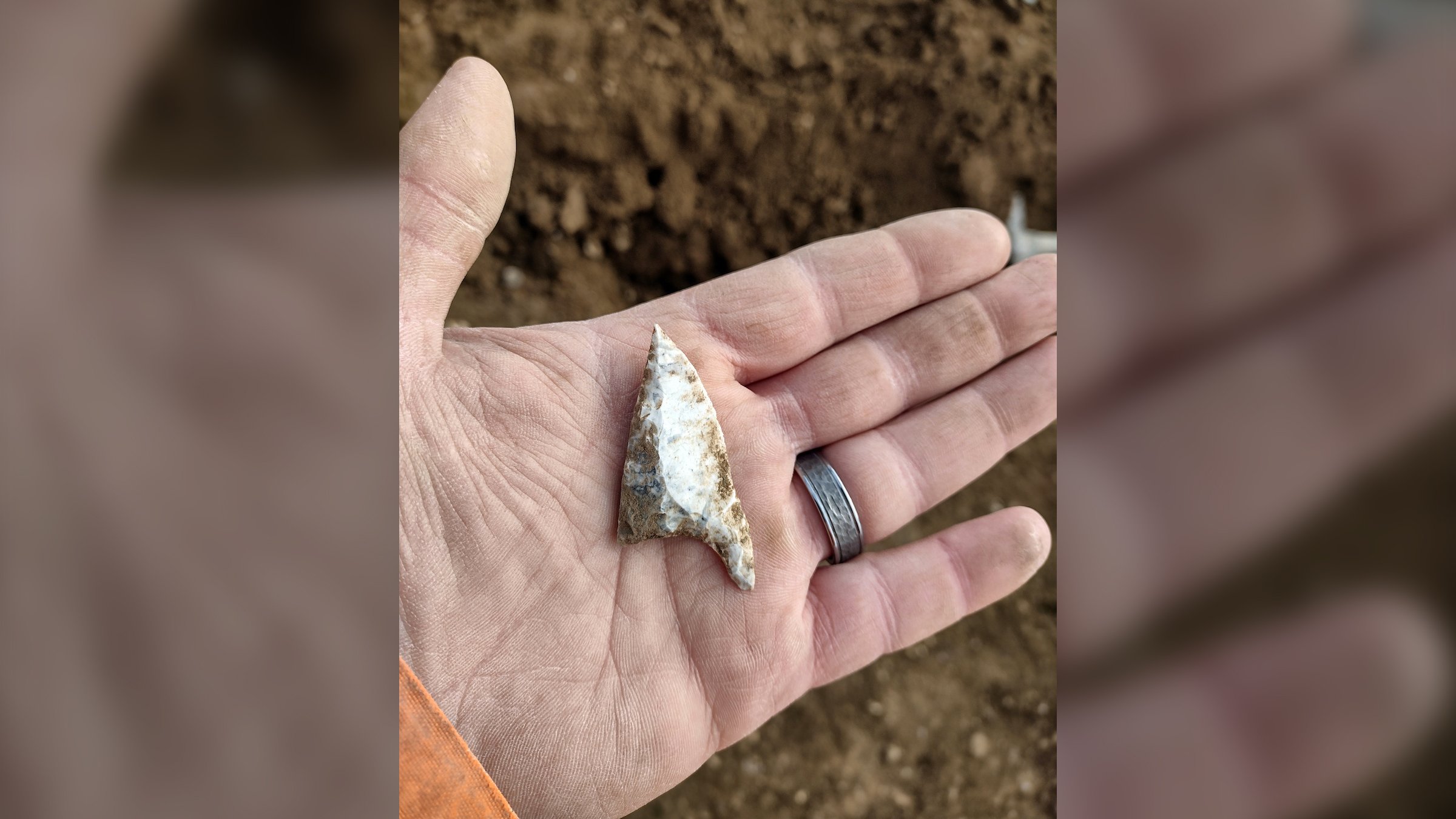
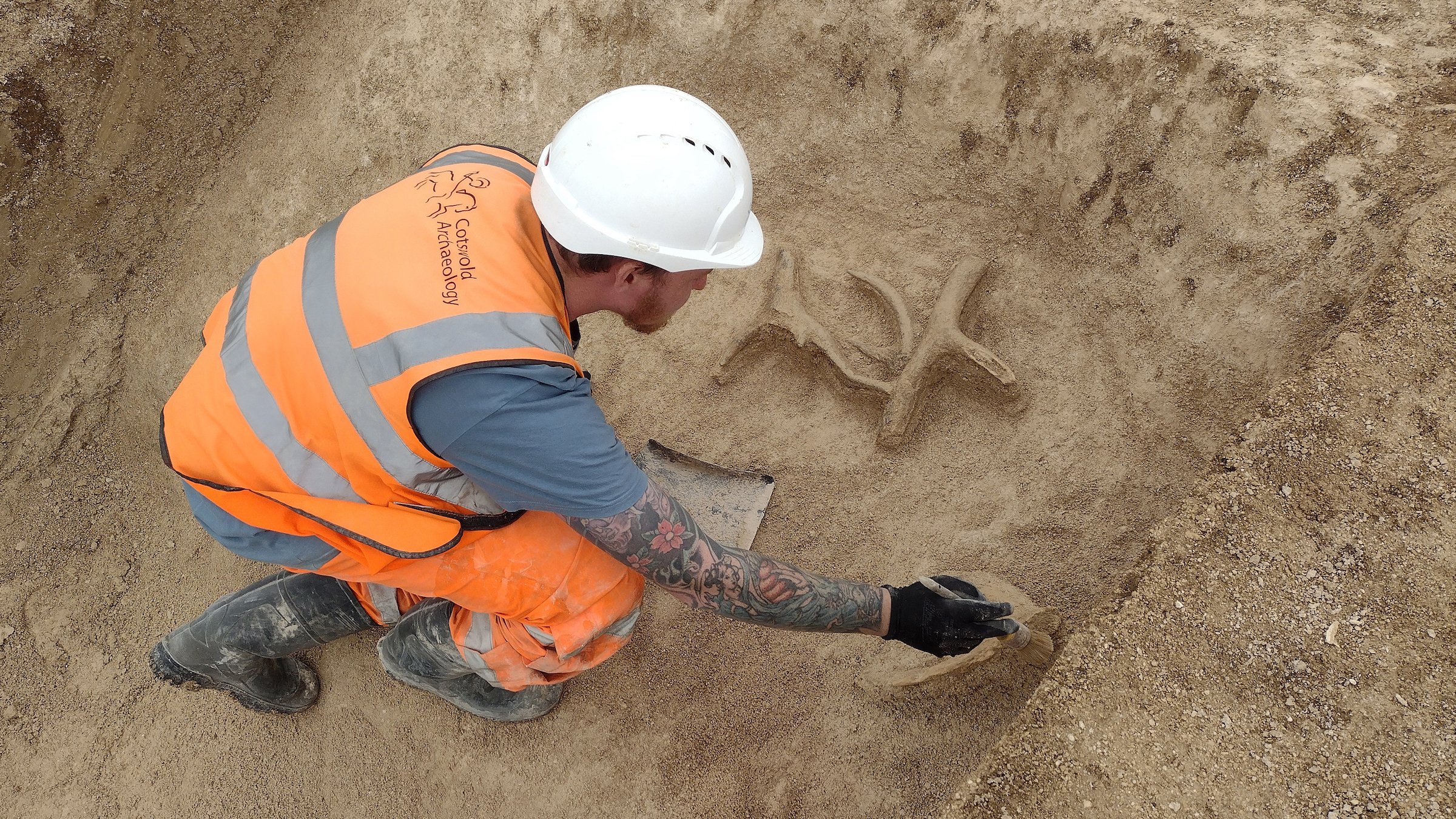
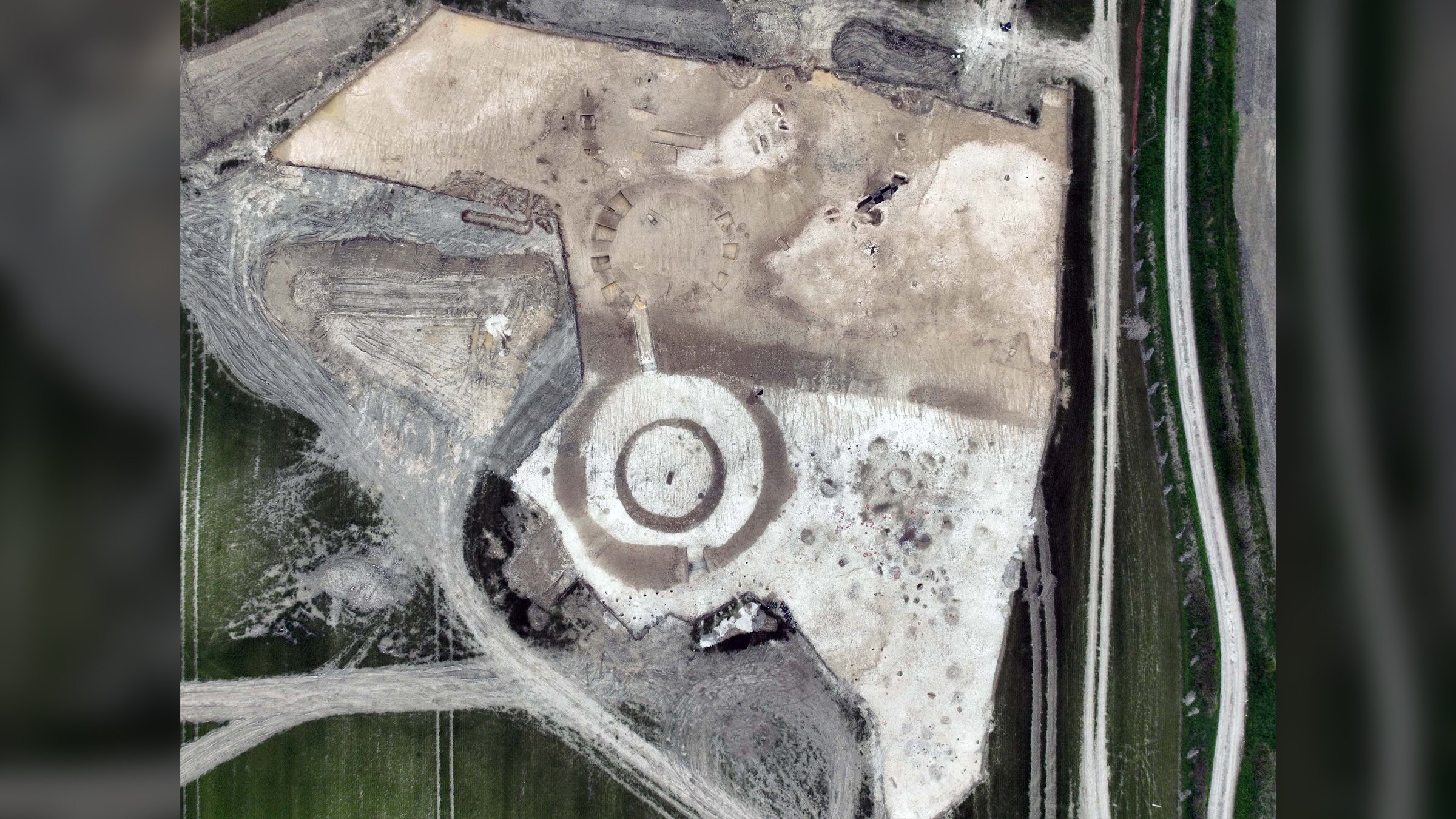
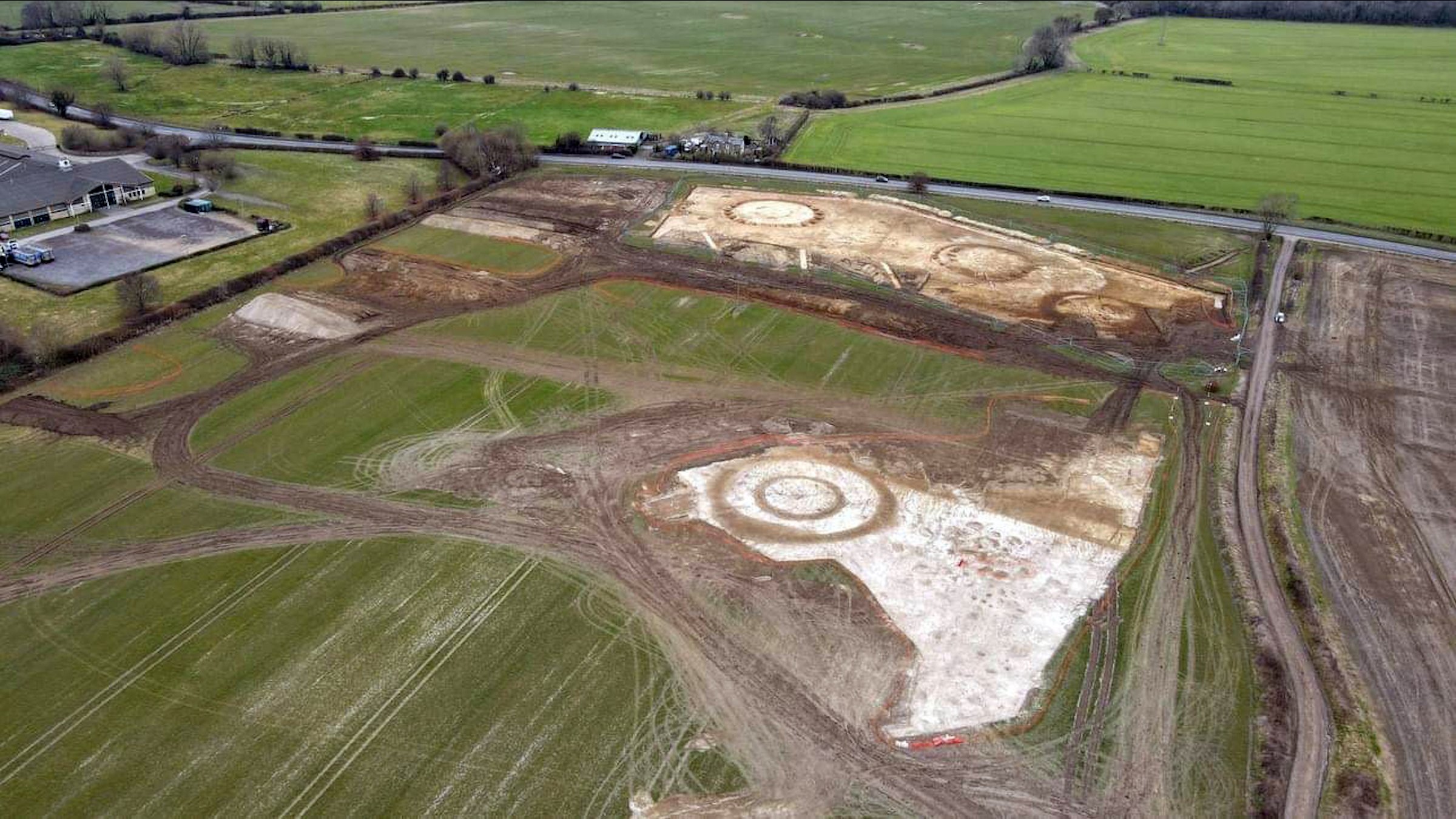
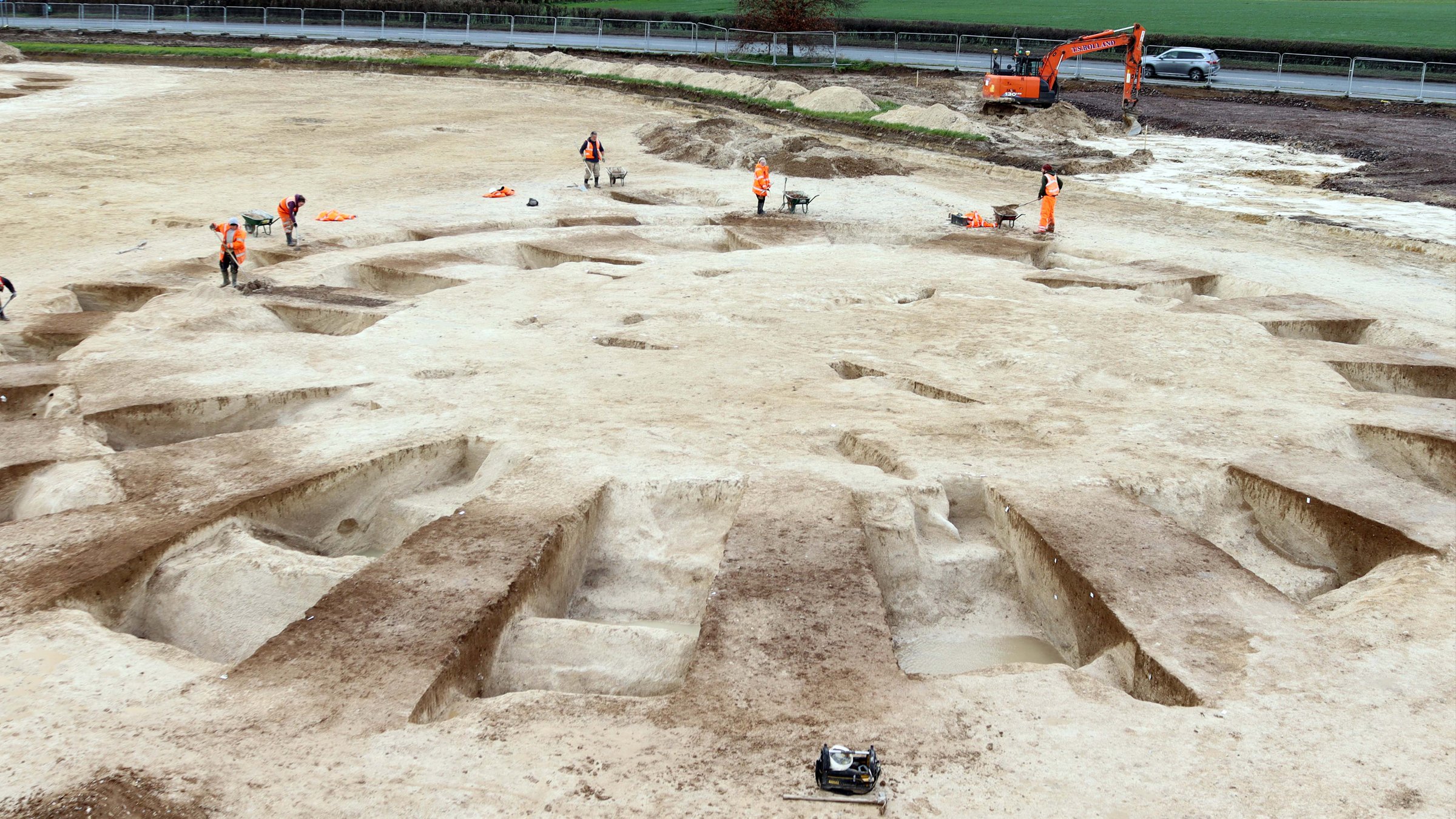
The Neolithic highly valued red deer (Cervus elaphus) antlers, which were used to make tools, ceremonial artifacts, and little things like pins and combs, and the oval ditch also cut through the pits of these antlers.
The antlers will now be examined for indications of intentional damage or wear that would suggest they were originally used to produce tools, according to the statement.
In graves among the barrows, the archaeologists have uncovered the bones of nine additional burials as well as three items. Grave goods like clay "beakers," which are recognizable round drinking vessels, were found in certain graves, showing that the deceased belonged to the Bronze Age "Bell Beaker culture," which expanded throughout Britain after about 2450 B.C.
The site may have had signs of an Iron Age agriculture area, according to the Cotswold Archaeology team, which has also discovered indications of later occupants. There are more than 240 pits and postholes in it. The majority of the pits were used to dispose of trash, which was helpful for archaeologists researching how people lived and farmed the area at that period. Some of the holes may have been used to store grain.
The crew also discovered signs of a Saxon building at the location, along with other Anglo-Saxon era items (fifth to 11th centuries A.D.)







